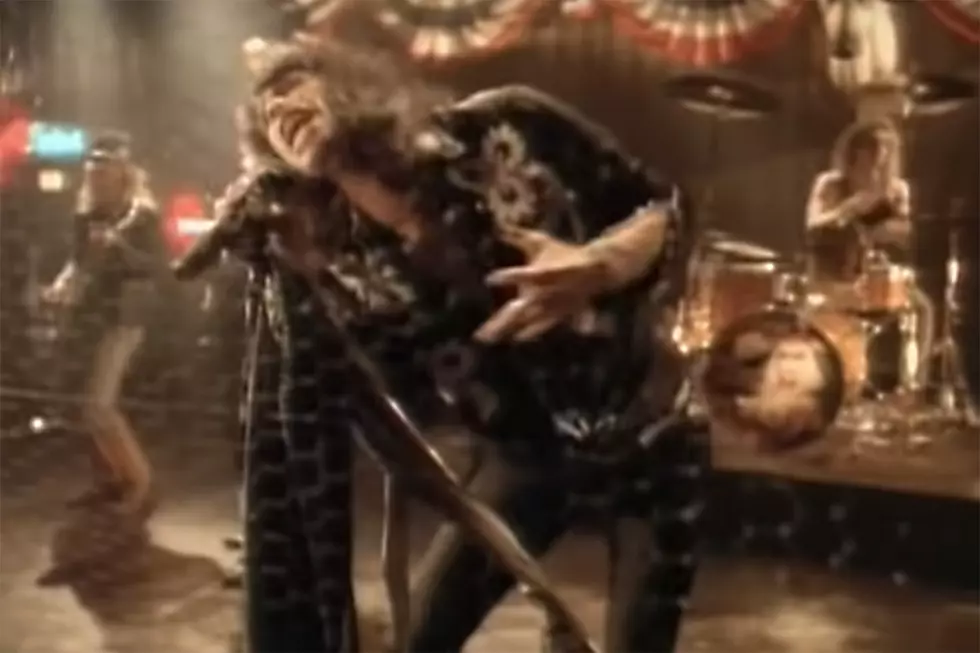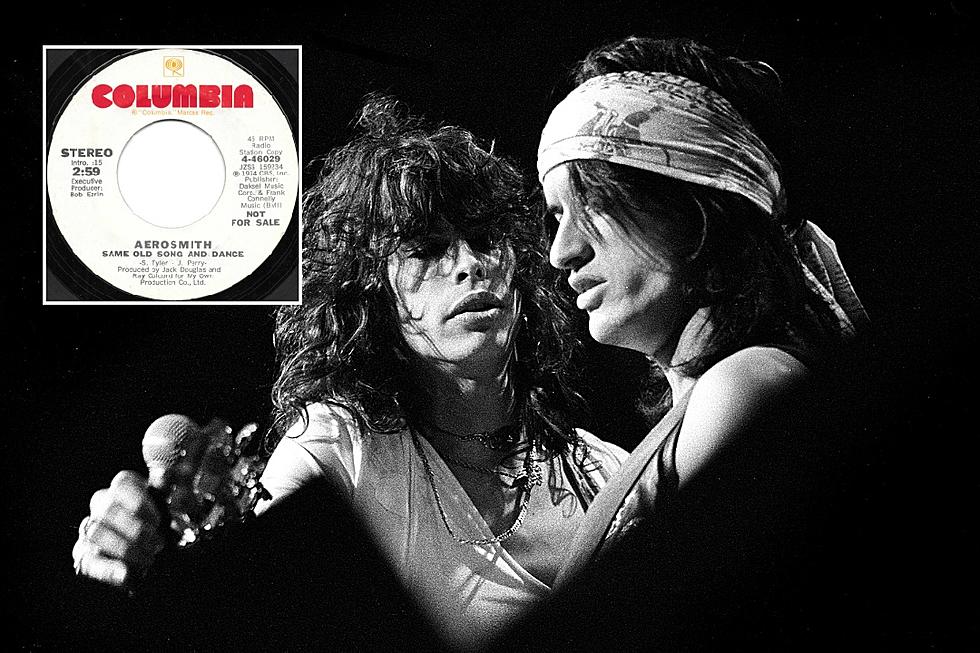
How Aerosmith Made a Power-Ballad Masterpiece ‘What It Takes’
It looked as if Aerosmith's era of doldrums was finally over when they released Permanent Vacation in 1987.
Their previous LP, Done With Mirrors, was created with a comeback in mind, but it didn't quite work out that way. The follow-up – featuring the hits “Rag Doll,” “Dude (Looks Like a Lady)” and “Angel” – appeared to have done the job.
But an album cycle doesn’t last forever, and by the start of 1989 thoughts turned to Aerosmith’s next record. Encouraged by A&R rep John Kalodner, the band kept two key elements that worked out well for Permanent Vacation: the talents of both producer Bruce Fairbairn and third-party songwriters.
That's not to say Aerosmith let outsiders take over: They knew things were done correctly in the past when the five members controlled their destiny, and they wanted to make sure all that would go into Pump. “We didn’t feel any extra pressure making this one,” Steven Tyler told Classic Rock. “The only pressure this time was to be less like what the record company said we should be and more like ourselves. Like, really let rip this time.”
Perhaps the best example of that attitude came in the form of “What It Takes.” The closing song on Pump was co-written by Desmond Child, one of rock's biggest songwriters with credits including Bon Jovi and Kiss. Child wrote “Angel” for Aerosmith's previous LP, a track delivered in a style he was well known for. But Aerosmith wanted to make sure their identity came through in “What It Takes,” before releasing it as a single in February 1990.
Watch Aerosmith's Video for 'What It Takes'
“It started off sounding really county-western,” guitarist Joe Perry told Guitar World. “We didn't want to write a song like ‘Angel,’ and for Desmond, that's where his heart and soul is. He's into big, dramatic ballads, but we wanted to do something different.”
Fellow guitarist Brad Whitford agreed. “It was a keyboard song to begin with," he said. "Somewhere along the line we knew it was special, so it had to be approached in a different manner.”
Perry said ideas started flowing as they played the song. “Steven started singing with a twang in his voice," he said. "I'm playing the hipshot guitar going, ‘deeow.’ Then it was just too on the other side. I was afraid of another ‘Girl Keeps Coming Apart.’ Great song, but country stations aren't going to play it. So, we made it a little more rocked out.”
The lyrics deal with trying to get over a relationship that’s ended, asking what it will take to put hurt feelings in the past. The theme inspired Tyler to ad lib one or two words when he tracked his vocals, which helped loosen the vibe a little further and make it more of an Aerosmith song. (So did the lyrical references to some of the band’s other songs, including “F.I.N.E.," “Heart’s Done Time” and “Love in an Elevator.”)
“The thing that made it for me,” Perry said, “was when [Fairbairn] put an accordion on it. That gave it the flavor it needed. Otherwise it would have just been nice chords and nice changes.”
“What It Takes” reached No. 9 during a 17-week run on the chart during the first half of 1990. It was Aerosmith’s last Top 10 single until “I Don’t Want to Miss a Thing” in 1998. One video for the song was shot as the band worked in the studio; another showed them playing in a rowdy club as a fight breaks out. The track also found Aerosmith revisiting their tradition of closing albums with a power ballad.
Watch an Excerpt From 'The Making of Pump' Documentary
“I hate it when people say we only release ballads so we can have hits,” Perry said. “Why bother making singles if they’re not gonna get played? People say, ‘But you’re an artist, you shouldn’t care about that shit.’ I say, ‘I am an artist – but I’m also an entertainer. I didn’t get into this to sit on a stool in a bar playing to five people. I like the success.’”
Tom Hamilton called the song “awesome” in 2019, describing “What It Takes” to Rolling Stone as “a ballad, but it’s not a schmaltzy ballad. The emotion in it is very real, and it has a beautiful set of chord changes. No matter how many times you play it, you can either do it right and it takes a lot of concentration, or you can just just get out there and play and not do it well. I like to play that song to the best of my abilities. It’s a bit of a test, though.”
Both Fairbairn and Child would work with Aerosmith again. Despite their occasionally tense relationship, Child said Tyler enjoyed collaborating with him.
“I challenge him,” Child told Smashing Interviews. “In fact, he’s an endless stream like an oil gusher. But you know what? You have to cap the well in order to be able to turn it into something. You can’t just let it all go.
“He can sit there and write a song for 15 minutes and never return to the same theme,” Child added. “We would often just sit there and go from section to section to section. I would listen to it and say, ‘Okay, we’re going to take this section and tie it to this part. … That part is no good.’ That’s what we’d fight about, because he’s attached to every single one of his glorious ideas. I did a lot of editing in helping to glue together and make sense out of his improvised vocals.”
For Tyler, the struggle between what the band wanted and what the label wanted was worth the effort in the end. “That seems to be how I work the best: under pressure and bummed out and, you know, forced into stuff,” he said. “That way I get more of me into my art.”
Albums That Saved a Band's Career
Why Don't More People Love This Aerosmith Album?
More From Ultimate Classic Rock









